Argentine Patagonia on a Student Budget
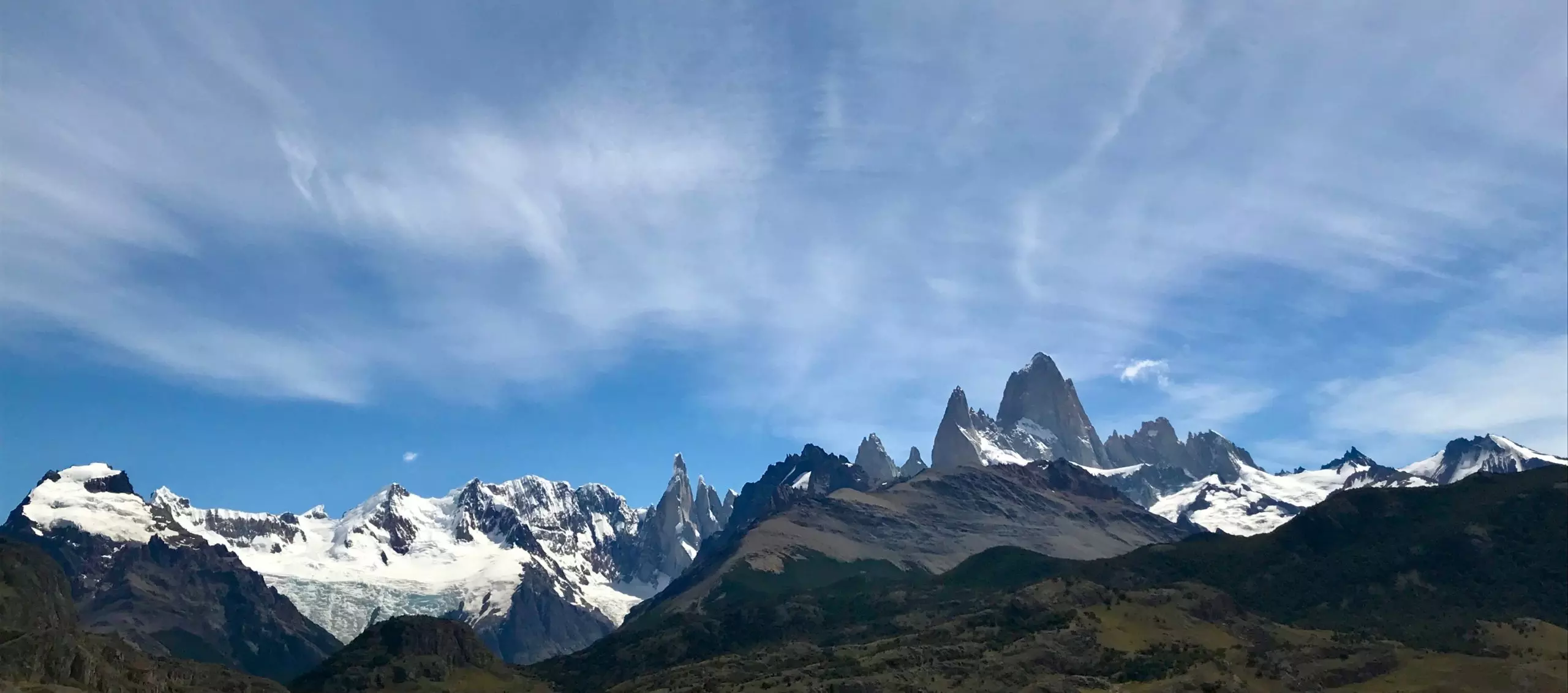

I traveled around Argentine Patagonia in February, alone, before my Argentine Universities Program started and trust me, I know all the excuses not to go: “It’s too expensive,” “It’s too far from my program’s location,” “There’s not enough time to see everything.” But as someone who took the time to plan out a trip, I can assure you even a long weekend in Patagonia will forever change your expectations when it comes to “natural beauty.”
Patagonia on a Student Budget
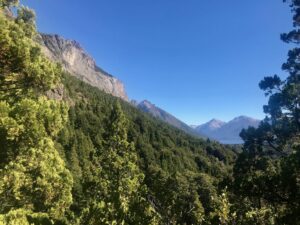
Yes, Patagonia is inevitably one of the more expensive places to travel during your study abroad in Argentina but there are easy ways every student can travel on a budget.
First of all, make sure not to book your flight to Patagonia with a major airline! Interior flights are expensive in Argentina but there are smaller airlines such as Andes Líneas Aéreas where you can find flights to popular tourist locations for $89.00 rather than $250.00, sometimes more. Long distance buses are also offered from Buenos Aires to Patagonian cities, and while they cost closer to $80.00, they take up almost an entire day (or more!) for travel and include multiple connections and layovers.
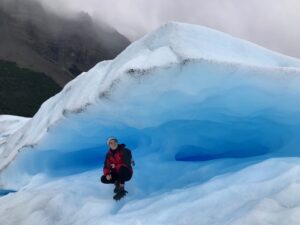
Second, stay in one of the many hostels offered in the central towns. Sites like Hostelworld make it easy to find just what you’re looking for based on price, location, and facilites. Camping is also an option, and free in some of the national parks. I did both, though I’d absolutely recommend camping if you’re looking to save money.
Third, and this is a tip any seasoned traveler has heard before: don’t eat out. Sure, the colorful happy hour advertisements that line the sidewalks into town after a long day of hiking look appealing (I’ll admit I indulged a few times myself), but the restaurants in Patagonia serve food you can find anywhere in Argentina. The difference is the hefty price tag. This is because everything has to be imported to the area. Even groceries can be expensive so I recommend bringing your own trail snacks and some pasta or rice to cook for dinner wherever you’re staying. If you choose a hostel, most come with kitchens that are at your disposal. If you decide to camp you’ll need a stove burner to heat water and cook food since open fires are not allowed in Patagonia.
Fourth, take advantage of student discounts for national park entry. As a general note, all students studying abroad should get their ISIC card, as it’s often the only form of Student ID that will get you discounts at national parks and museums.
Argentine Patagonia: The Classics and the Hidden Gems
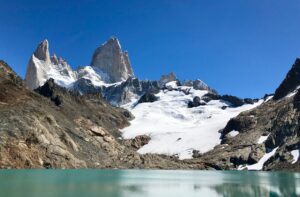
Patagonia takes up a large part of the country and there are countless trails to explore in almost any town you go to. However, there are definitely some central, more popular sites that are a “must-see” if you can only plan one trip. I recommend taking advantage of Patagonia in the first month or two of your study abroad experience. After orientation, you will have some time before you start your full schedule of classes and you will have less homework. This way you can take an extra day or two to travel and fully appreciate what the region has to offer. However, traveling before my program began gave me a lot more time and freedom to explore, not to mention I had more money saved in the beginning than I did after my first months in Buenos Aires.
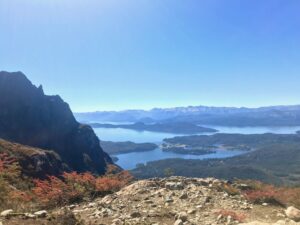
If you just have one long weekend for Argentine Patagonia, El Calafate and El Chalten are the places to go. El Calafate is the jumping off point for the famous Perito Moreno Glacier which you can get to by bus or by booking a tour either online beforehand or in town the day before (this can also save you money if you have the time!)
From El Calafate your second stop should be El Chalten, where at least three days worth of gorgeous hikes are at your disposal. All trailheads are easily accessible from the small town but the most popular two are Cerro Torre and Cerro Fitzroy. You should reserve a day for each of these lengthy, but only moderately challenging, hikes. If you can, stay an extra day or afternoon to explore one of the smaller trails as they are less busy and offer different sights such as waterfalls.
If you’re lucky enough to devote more than one weekend trip to Patagonia, I recommend visiting San Carlos de Bariloche. It’s a small, cute city in Argentine Patagonia’s Lake District and offers stunning, and somehow underrated, trails through the Andes. Bariloche was my personal favorite region of Patagonia as its trails are less crowded than the classic Argentine Patagonian sites mentioned above and, in my opinion, the panoramic views of the Andes woven through shapeless bright blue lakes gives the peaks and glaciers of El Chalten a run for their money.
By now I hope I’ve convinced you by now that not only is Argentine Patagonia worth the time, but it’s also affordable on a student budget! However, if you still have doubts or questions about how to plan your trip, IFSA-Butler staff in the Argentine offices have even more information and advice from past students who have planned countless trips to see the world-renowned natural beauty that only Argentine Patagonia can offer.
Alex Kenoian was an International Relations &Computer Science double major at Mount Holyoke College and studied abroad with IFSA at the Argentine Universities Program in Buenos Aires in Spring 2018. She served as an International Correspondent for IFSA through the Work-To- Study Program.